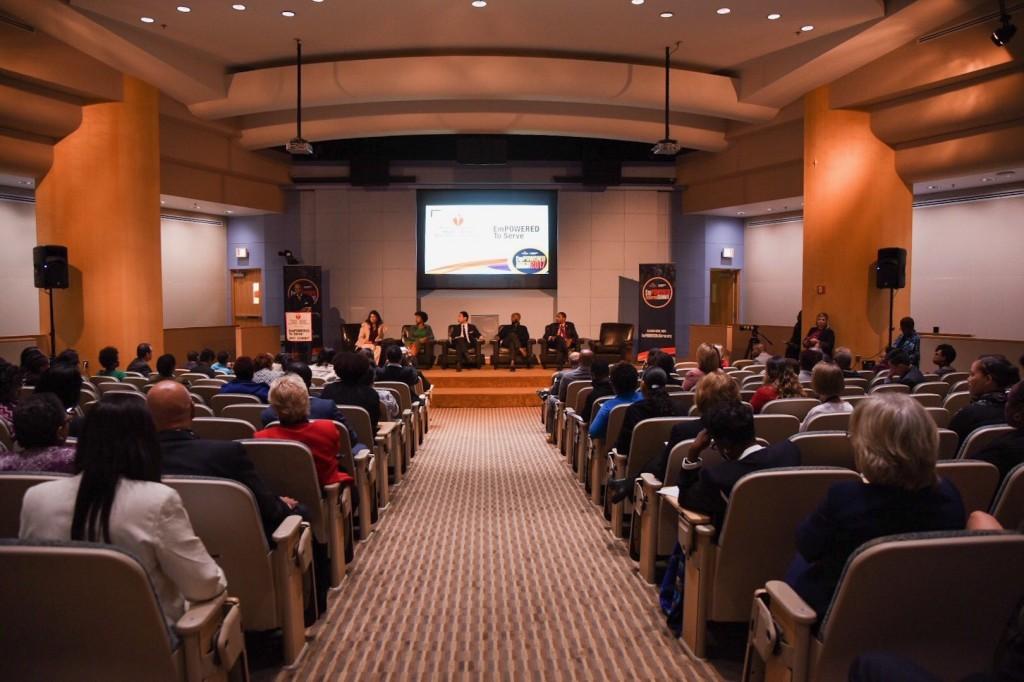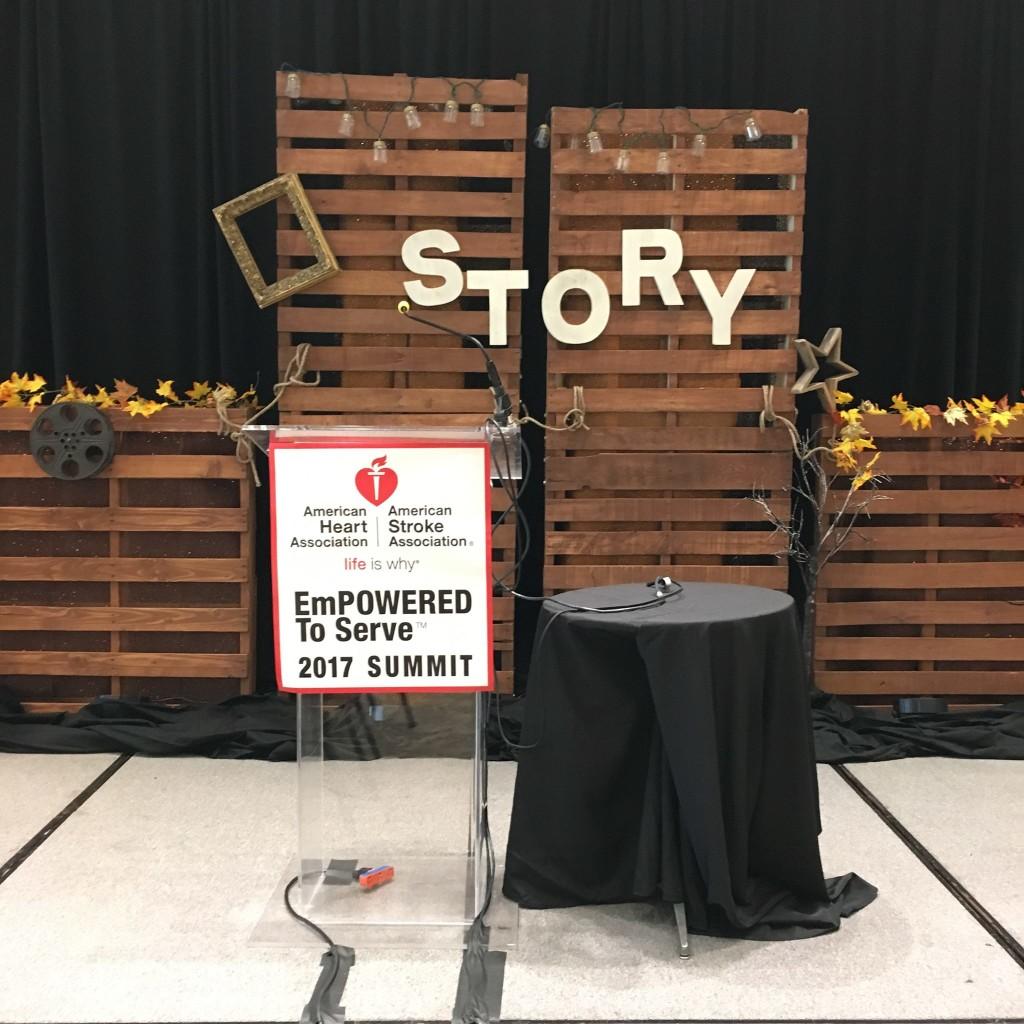EmPOWERED To Serve Summit Inspires Innovation In Public Health

Among Non-Hispanic Blacks over the age of 19 years old, 44.9% of men and 46.1% of women experience high blood pressure. The rate at which Blacks experience first-ever strokes are twice as high as their white counterparts. In addition, for many predominantly Black neighborhoods in America, the closest grocery store is twice as far as the nearest fast food restaurant.
Statistics like these and the desire to improve them, provided the inspiration behind the American Heart Association’s 2017 EmPOWERED To Serve Summit and Urban Business Storytelling Competition in Washington, D.C.
The summit hosted public health professionals, community leaders, innovators, and medical professionals from all over the country. On one panel focused on the social determinants of health, Nancy Roman, CEO of Partnership for a Healthier America, shared insight on how to “shift the culture” as a means to utilize our greatest opportunities to solve health issues.

Alisahah J. Cole, MD and Vice President of Community Health Carolinas Healthcare System, highlighted the importance of the connections between poverty, food insecurity, mental health, and academic stress. “While Charlotte is leading the country in many ways…we also have the lowest rate for those who are born in poverty making it out of poverty…a true tale of two cities,” Cole said. Food deserts and ideas to provide access to nutritious food in poverty stricken communities were also a recurring theme throughout the summit.
Another panel centered around the theme of “conscious capitalism”, really concentrated on what it takes and what it means to be a social innovator. In order to solve these problematic food and health disparities, we have to identify the problem and then create a unique solution to solve them. Discussing collaborative efforts between the community, health professionals, and corporate, Lawrence Griffith, CEO of Digital Factory, inspired the audience to work together by stating “The true currency in life lies in the strengths of your relationships.”
While the various panels turned wheels and generated dynamic discussion, the Urban Business Storytelling Competition was the highlight of the day. Out of about 130 submissions, 10 candidates from the United States and Canada and were selected to participate in a competition where they could present their mission, purpose, and how they plan to combat health disparities in communities that need it the most. Contestants competed for the opportunity to win up to $30,000 to fund their startup organization.

Prior to the awards ceremony, attendees had an opportunity to speak face to face with the contestants and learn about their projects. Each finalist provided a strategy to tend to a need or public health issue in underserved communities. The solution-driven projects ranged from monitoring air pollution to reduce asthma attacks, to providing real-time alternative reality glasses so that those who are bed stricken can still experience life’s moments without limitations.
Sharon Butler presented as a finalist on behalf of Eat Away Hunger, a local D.C. organization, to share their mission to provide 300 children with 165 hunger-free days. During the exhibition period of the competition earlier in the day, Ms. Butler was joined by her granddaughter, 15-year old Sayona Butler. “I don’t like the feeling of being hungry. When I have food, I share it with everyone. And that’s the inspiration behind why I choose to help an organization that fights childhood hunger every day. That’s why I love Eat Away Hunger,” said Butler.

After an inspirational wave of presentations, the judges chose their three winners: Gospel Run, a series of faith-based community 5Ks, won first place; MEANS Database, a food recovery system that notifies you when excess food is available, won second place; and Goffers, a local and on-demand delivery network, came in at an exciting third place.
To learn more about EmPOWERED To Serve and how you can get involved, please visit http://www.empoweredtoserve.org/.
[Editor’s note: This post is sponsored by the American Heart Association.]





